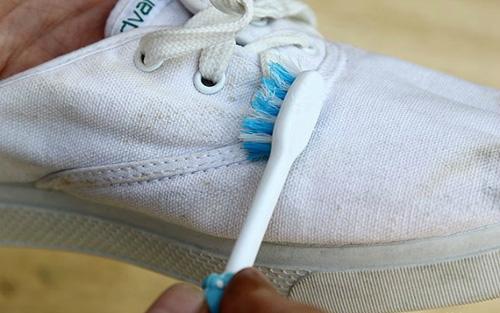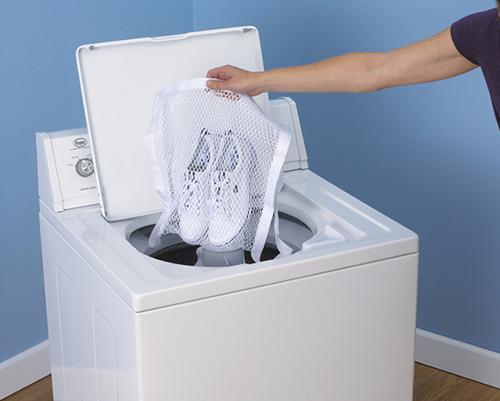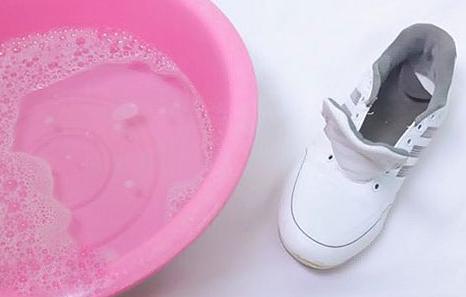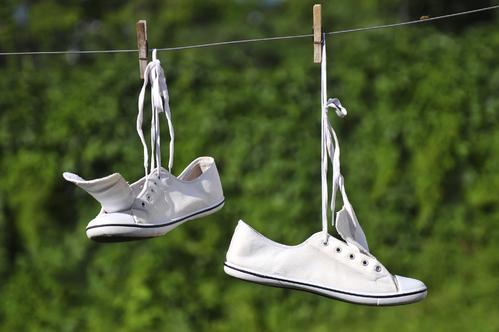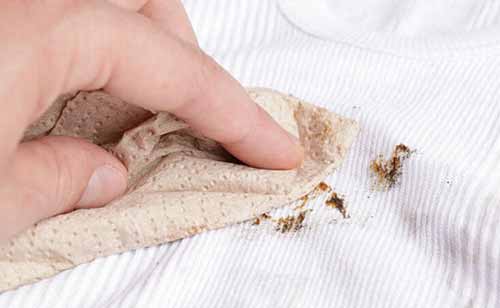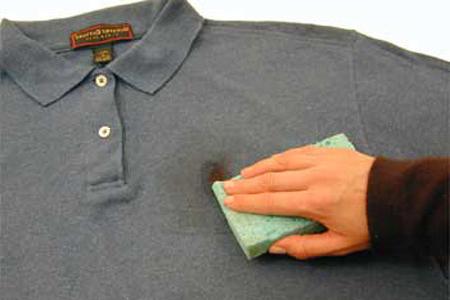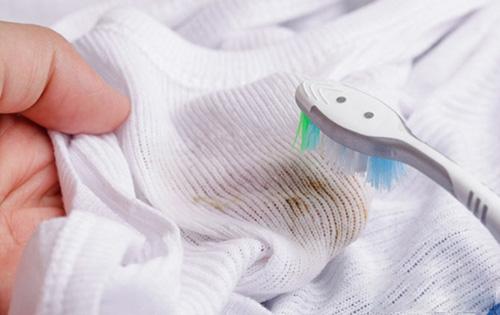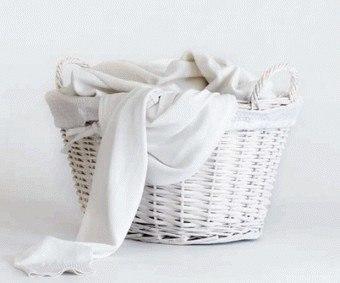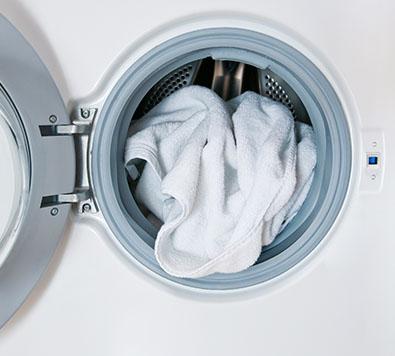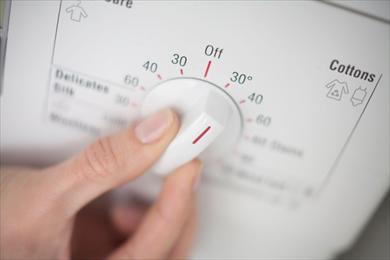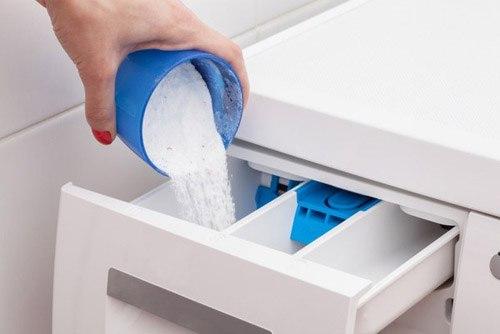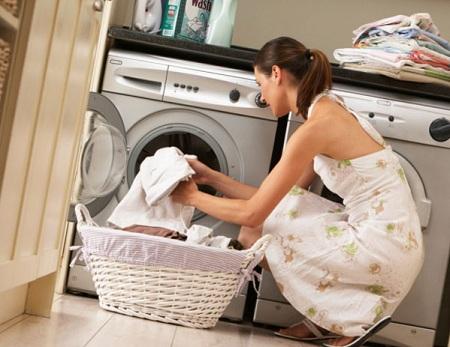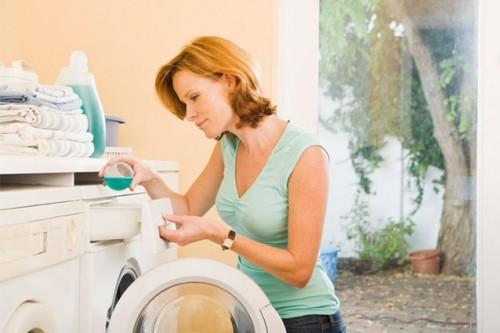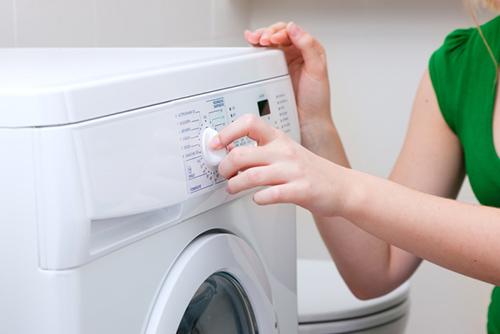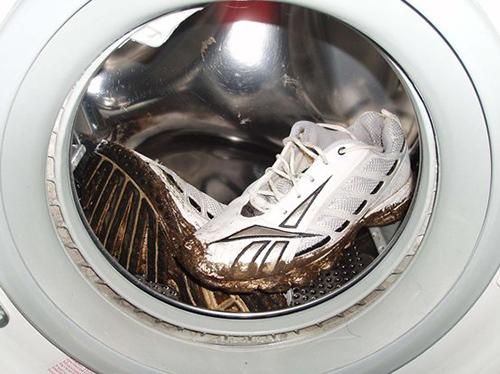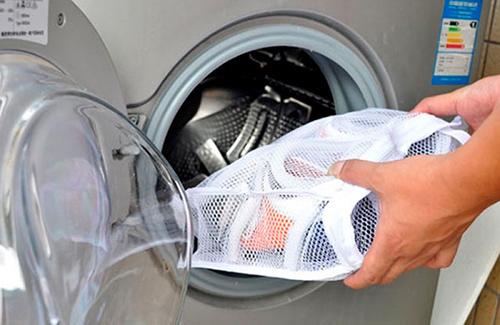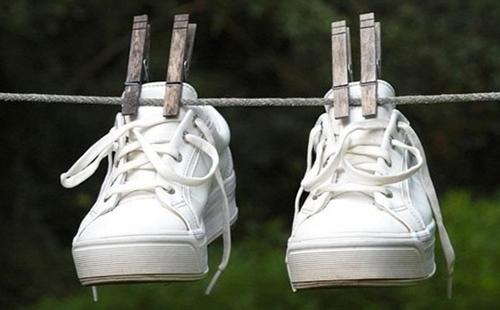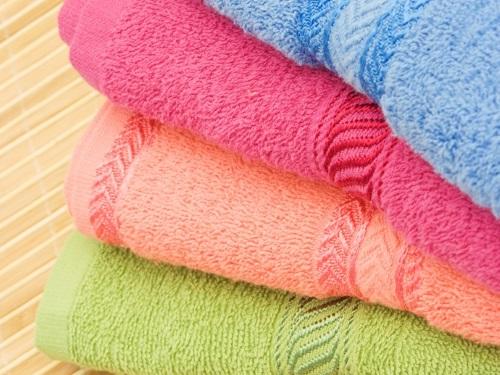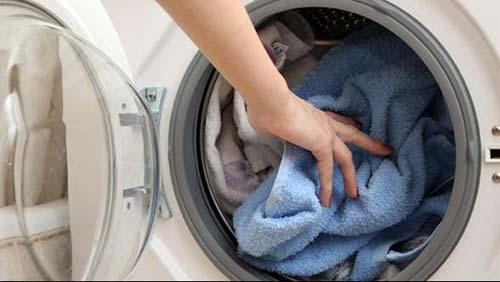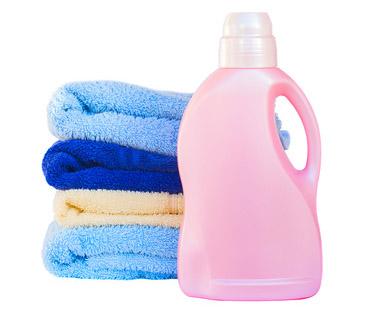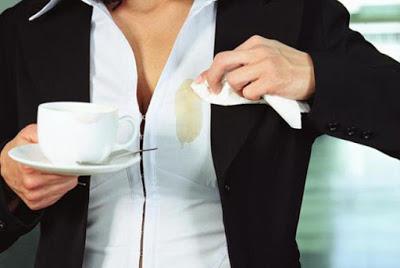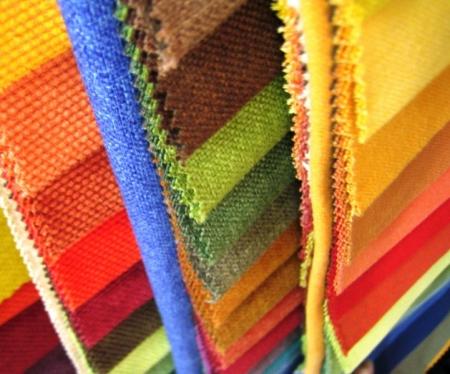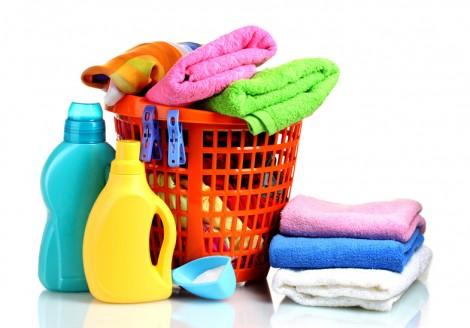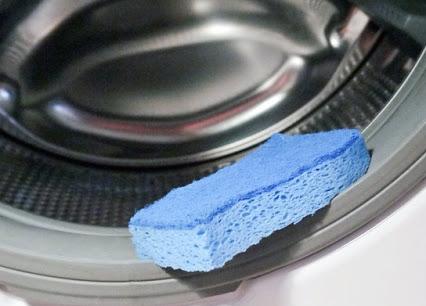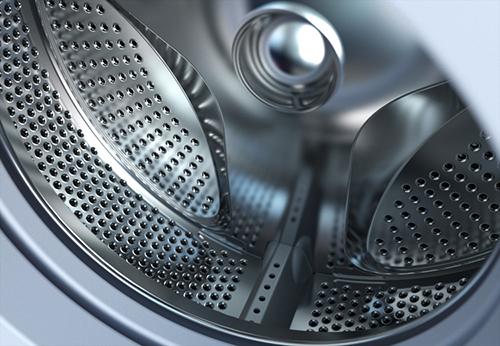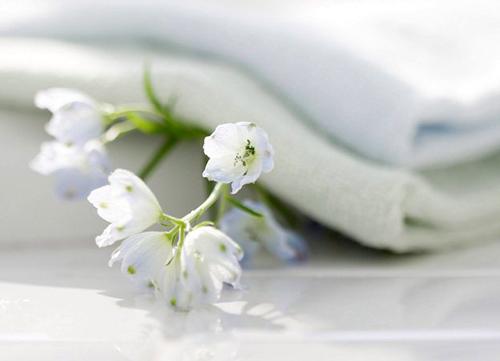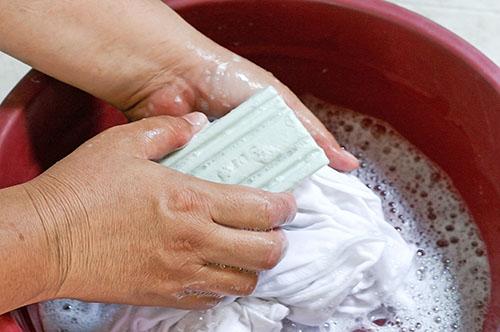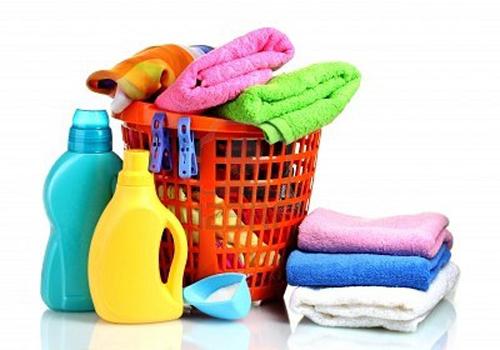Cabinets for cars are different. This is not just a box designed to disguise a typewriter, but a fully functional workplace with many interpretations and mobile designs.
Why do you need a washing machine cabinet?
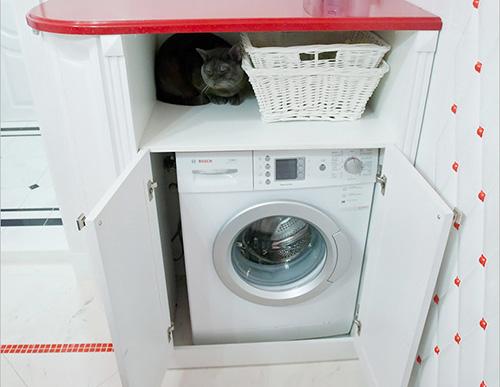
If you have space, then organizing a workplace is easy. A large washing machine, clothes dryer, ironing board and detergents are placed in a special room. A separate laundry room often turns out to be a pipe dream for owners of small and small apartments, where every millimeter is painted.
The problem of saving free space and compactness in miniature is solved by a cabinet for a washing machine. This piece of furniture is able to replace hanging and free-standing shelves, hooks, cabinets and other paraphernalia, designed to increase comfort and coziness. So, almost all washing accessories fit in a small area, and the body of the machine remains hidden from prying eyes, children's pranks and pets.
A modern, well-designed closet holds a maximum of appliances and small items. As a result, the cabinet turns out to be multifunctional:
- Tidying Assistant. Holds packs of detergents and powder, supplies of paper, soap and other gizmos that should not be left “in front of our eyes”.
- Minimum dust. Boxes, bottles, sprays do not accumulate dust and need to be cleaned less often. Wet cleaning often bypasses the internal compartments - only the doors and the top shelf, where dust settles.
- Convenience in placing small things. Often the washing machine is used as a shelf, which complicates daily washing. Every time before switching on, it is necessary to remove all the little things from the surface. With the advent of the cabinet, difficulties disappear.
- Lack of untidy linen and occasional deposits of stale socks. It is unlikely that guests, having visited the bathroom or tempted by a cup of tea in the kitchen, will be delighted with a chance meeting with dirty linen.If the room is small, then the best solution is a wardrobe with a built-in laundry basket.
Thus, a universal decor element solves a lot of problems, allowing you to forget about small and fragile shelves, a classic cabinet above the sink, and allows you to fully use the free wall.
Production material
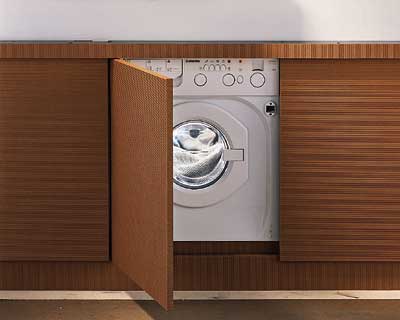
High humidity, the possibility of water getting on furniture dictate their requirements for the final choice of material. At the same time, do not forget about external attractiveness and compliance with the interior. The most common and tenacious materials are the following.
glass products
Here the choice is great: transparent, matte, mirrored with a pattern or engraved, and most importantly - the glass is not at all affected by moisture. Glass partitions and doors will suit almost any interior, they look especially advantageous in the bathroom, where a mirror is an indispensable element.The only “but” is that a custom-made or store-bought glass structure will cost much more than its counterparts.
Budget board material
MDF is the most frequent guest in most apartments. For these purposes, the plates are laminated with a protective moisture-resistant film. The main danger is moisture acts on the surface through the ends of the joints and fastener holes. MDF products are affordable and often too uniform in appearance.
wooden chic
The tree should be kept away from the bathroom and safely installed in other rooms. Modern moisture-proof impregnations and several layers of varnish can protect wood from moderate exposure to a humid environment. You will have to order a high-quality wooden cabinet for a typewriter or make it yourself, in any case, the price will be high.
Plastic and analogues
Plastic is unpretentious, water-resistant, easy to use and clean. Plastic is cheap, replete with an abundance of colors and decorative details. Ideal as a temporary measure when the budget is limited.
Construction types
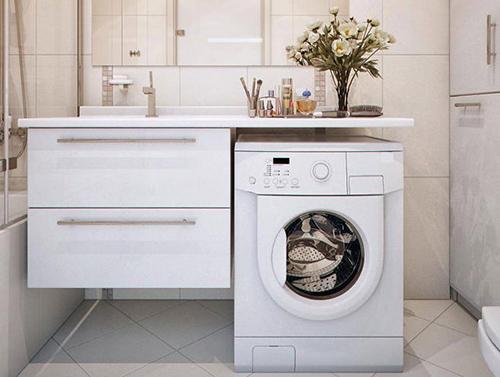
Depending on the characteristics of the room and the washing machine, a suitable cabinet is selected. The furniture industry allows you to buy a cabinet for a typewriter of any size and shape. The most popular and common options to "beat" the washing machine:
- Hinged disguises communications, a water-heating tank, counters and saves space for household trifles. It is located above the machine with a small gap. Often with a glass door to visually increase the space of the room.
- Free-standing - this option is found in the bathroom or in the kitchen when performing installing under countertop washing machineflowing into cabinets, shelves and even a sink.
- Embedded and completely hidden in the wall rarely finds its use. Looks chic and expensive however, the implementation of the project requires high costs for repairs and redevelopment. Sometimes a former pantry is used for these purposes.
- Corner - a characteristic move for bathrooms and kitchens. This approach makes previously unused space work for you. It looks unusual in a duet with a sink. The design feature is increased weight compared to analogues.
- Vertical - a classic of the genre with hinged doors. At the same time, the machine is completely hidden in the closet and there is no bottom of the structure, sometimes the strips limiting the “movement” on the floor are installed.
Where to put?
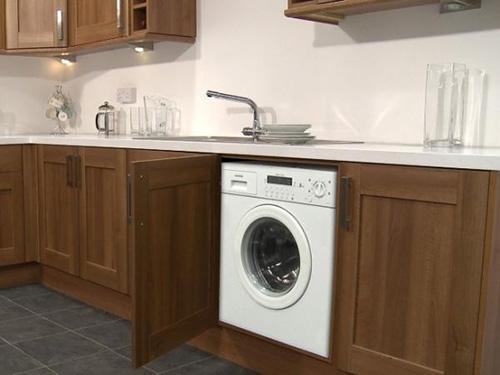
The appearance and design features of the cabinet largely depend on the location of the washing machine.We offer 4 optimal accommodation options.
functional kitchen
On the technical side, a spacious kitchen is considered the best option for installing a washing machine and a cabinet for it. Proximity to drain pipes and plumbing simplifies installation. In this case, the machine should be installed in a closed cabinet that matches the color and idea of \u200b\u200bthe rest of the furniture.
So, the cabinet is not striking and at the same time can veil a water-heating tank or column mounted on the wall.Such a solution is also useful in that all kitchen detergents and cleaning products will migrate there.
Hallway - easy and discreet
It will be easiest to disguise the typewriter in the hallway. A washing machine is installed in a separate closet or mini-pantry with sliding or hinged doors and enjoy the order. This design is able to accommodate a hanging laundry basket, shelves with detergent and drawers.. If you managed to squeeze in a tall cabinet, then in addition to the standard set, an ironing board and a dryer will fit there.
If the place is tight, another solution would be to install the machine next to the wall in the hallway or shoe rack. Then the design of the cabinet is maximally adjusted to the size, color and texture of the nearby furniture. The only inconvenience is that it is problematic to carry out communications, as an option, lay pipes through the cabinet wall.
All-inclusive bathroom
Considering that in most apartments it is difficult to fit all the proper appliances in the bathroom, but it is difficult to tamp the machine there. If there are no problems with square meters, choose any free wall and equip a corner of cleanliness.If such a luxury is not permissible, then something will have to be sacrificed. The latter approach to the struggle for space has been widely used recently.
Enterprising housewives manage to install a typewriter under the sink and complement the ensemble with a wall cabinet or a kind of cabinet, in which the washing unit itself is hidden.The washing machine is also installed next to the sink, completing the duo with a common worktop and drawers.
Toilet - last resort
The washing machine in the toilet is a rare guest. If despair has brought you this far, then there is still a way out. The last invention of the same desperate was the option of placing the unit above the toilet. In theory, the idea is too extraordinary, but in practice it is quite feasible, the main thing is to comply with strict safety standards and correctly connect communications. If the room allows you to "roam around", the best solution would be to install a miniature automatic machine with vertical loading.. Then the cabinet is mounted above it or replaced with functional partitions and shelves.
Where and how to buy?

Having decided on an imaginary dream, we will begin to fulfill it in reality and analyze where it is better to buy a cabinet for a washing machine.
Choosing a wardrobe in the store
Going to the nearest salon, decide where exactly the cabinet will be installed, measure the dimensions of the washing machine. The more accurately you imagine the future arrangement in the house, the easier it is for sellers to find and offer what they want. If the dimensions of the room and the dimensions of the machine allow, you can safely go shopping for an ordinary cabinet with standard dimensions.Warn the consultant about the intention to purchase highly specialized furniture.
Most often, such models are supplied without a bottom and a back wall for a quick supply of communications.Modern furniture designers independently assemble at home and are easily mounted in the right place.
Work to order
The custom option will be the most expensive. Turnkey work is relevant if you are dealing with non-standard sizes of the machine, limited space and a special design of the room. the only the difficulty lies in the accuracy of calculations and measurements, which are best entrusted to the master. Individual orders allow you to roam your fantasies and turn bold projects into reality. Recently, large firms have been working according to the author's sketches of the customer or top designers. If you have the funds, this is definitely the most advantageous option.
We make a cabinet for a washing machine with our own hands
If the store assortment did not satisfy your needs, and turnkey work bites at a high price, then the best solution is to get down to business on your own. To complete the task, you must have a specialized tool and basic skills in carpentry.
So, if you are able to distinguish a nut from a screw or a bolt, try it. Most manufacturers and suppliers of wood or chipboard do the sawing in their workshops and deliver the finished parts to you for assembly. Do not miscalculate with the size and design of the facade. Calculate in advance the cost and benefits of such work, because sometimes a homemade product is more expensive than a serious purchased model.
Nota bene: installation and usage rules

- Be sure to leave a gap between the device and the walls of the box, otherwise the vibration during the spin cycle may damage the integrity of the structure. The minimum distance is 2-3 cm. Please note that with such a narrow opening, wet cleaning becomes more difficult.
- It is better to avoid the plinth on the furniture, as the machine can walk on a smooth surface. To avoid vibration, the machine (especially with horizontal loading) must only be installed on a level surface, checked by a spirit level.
- The supply of communications is a top priority. If you are not ready to run pipes through the entire apartment, then choose a place closer to the interchanges. Do not forget about the presence of an outlet and free access to it. If the furniture is treated with moisture protection, this does not mean at all that it will withstand any water aggression. Be careful with hot water, remove residual moisture in places where liquid regularly enters.
- If the furniture is made of wood, protect it from exposure to sudden changes in temperature and humidity. Ventilate the room regularly. Wooden cabinets are sensitive to scratches and excessive lighting.
By adhering to simple rules for choosing and caring for furniture, you will extend the service life and get a reliable ally in the fight for cleanliness and order in your home.

